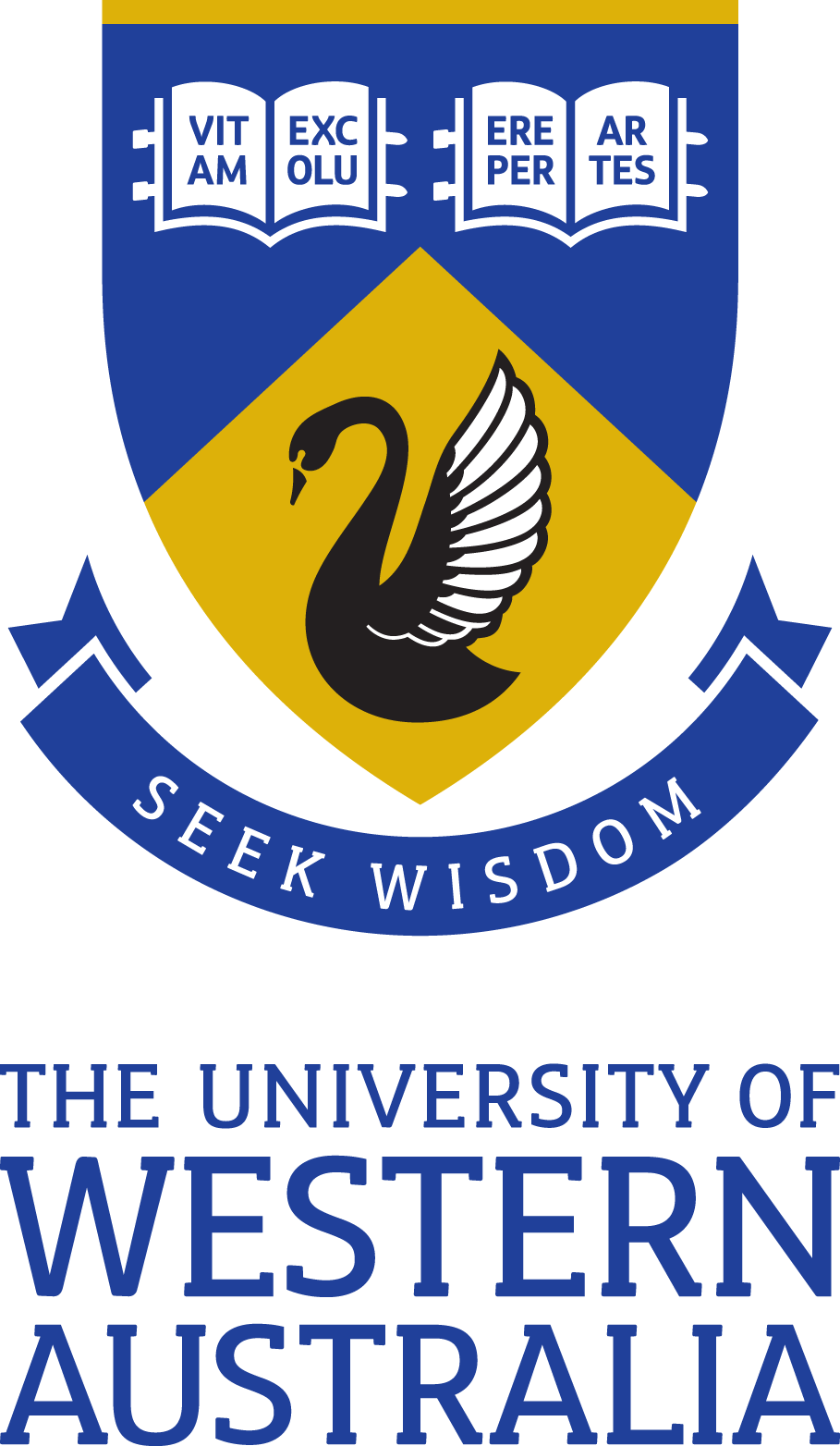Brief description
The Marine Futures project sampled waters surrounding Rottnest Island and to the west of the island, between approximately 15 and 120m depth. Just over 250 square kilometres of hydro-acoustic mapping has been completed at the Rottnest site. In addition, over 35 hours of towed video has also been completed and analysed. Using the above two datasets, the habitat mapping team have developed full coverage habitat maps for the site. The maps outline the areas covered by some key biotic 'groups' of organisms such as sessile invertebrates, macroalgae, rhodoliths and seagrasses. Following on from the development of the habitat maps, the team have completed over 200 baited camera drops and collected over 1500 images of the seafloor. This collection comprises datasets describing habitat mapping, biodiversity and human uses in the Middle Island area. Habitat mapping consists of four Google earth detailed and basic biota and substratum maps for Rottnest Island. There are two baited remote underwater video systems (BRUVS) datasets and five interactive Microsoft Excel charts each of which contribute to biodiversity analysis. The baited videos illustrate the fish diversity over an array of habitats found throughout the Rottnest Island study location. The interactive Microsoft Excel charts combine the biodiversity and mapping products to give the user an interactive and visual display of which organisms are found in what habitats. A Human Uses report containing an appendix of the Rottnest Island study location is also included.Data time period: 12 2008 , 2006
Subjects
Ecological Applications |
Environmental Science and Management |
Environmental Sciences |
Ecosystem Function |
Environmental Education and Extension |
Environmental Impact Assessment |
Environmental Monitoring |
User Contributed Tags
Login to tag this record with meaningful keywords to make it easier to discover
Identifiers


